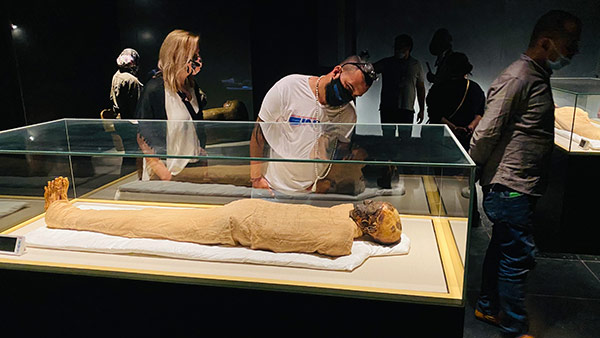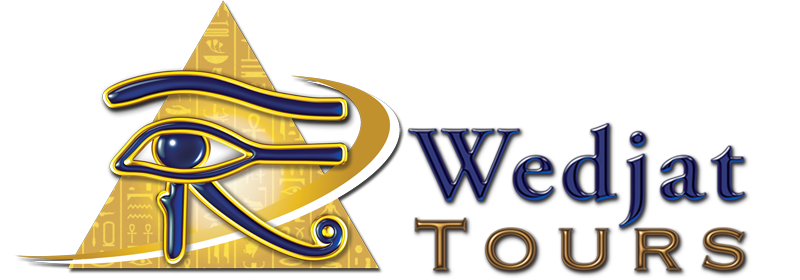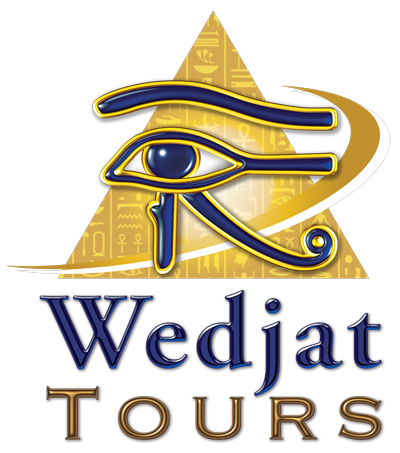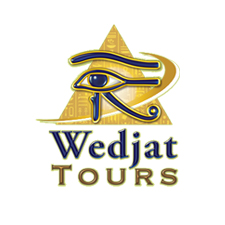
The NMEC is the first of its kind in Egypt and the Arab world. It presents the full range of the richness and diversity of Egyptian civilization throughout the ages, from prehistoric times to the present day by focusing on its continuity and stability as demonstrated by its tangible and intangible heritage. The museum’s exceptional collection includes the royal mummies, which are exhibited in a new interactive display using 21st century cutting-edge technology to go beneath the wrappings and reveal their secrets, in addition to shedding light on the rituals and religious beliefs surrounding mummification in ancient Egypt.
The National Museum of Egyptian Civilization (NMEC) is a large museum (490,000 square meters (5,300,000 sq. ft)) in the ancient city of Fustat, now part of Cairo, Egypt. The museum partially opened in February 2017 and will display a collection of 50,000 artefacts, presenting Egyptian civilization from prehistoric times to the present day.
The permanent collection is divided into two separate regions, one chronological the other thematic. The chronological areas will be the following: Archaic, Pharaonic, Greco-Roman, Coptic, Medieval, Islamic, modern and contemporary. The thematic areas will be the following: Dawn of Civilization, The Nile, Writing, State and Society, Material Culture, Beliefs and Thinking and the Gallery of Royal Mummies. UNESCO provided technical help to the museum.
The collections will be taken from other Egyptian museums such as the Egyptian Museum, the Coptic Museum, the Museum of Islamic Art, the Manial Palace and Museum in Cairo, and the Royal Jewelry Museum in Alexandria.
On 3 April 2021, the museum was officially opened by President Abdel Fattah El-Sisi, right before the moving of 22 mummies, including 18 kings and four queens, from the Egyptian Museum in an event termed the Pharaohs' Golden Parade.





 And then Add to Home Screen.
And then Add to Home Screen.